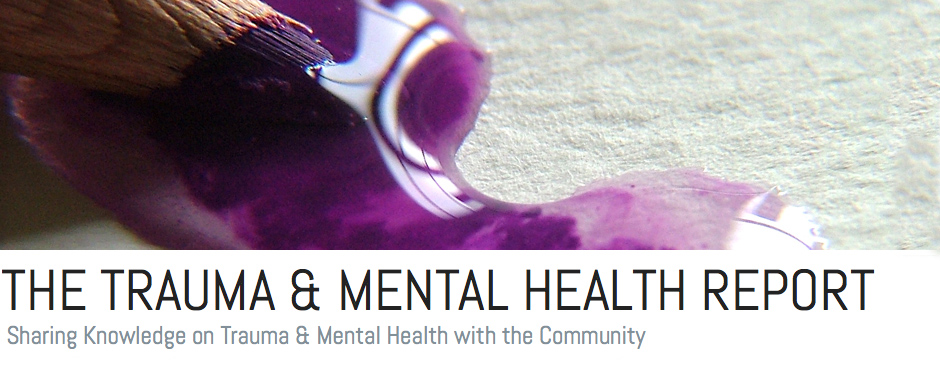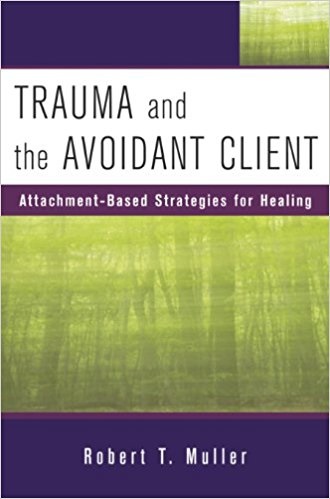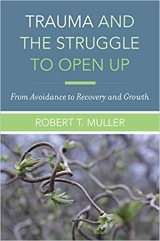
New Hope for Partners of Individuals with Borderline Personality Disorder
Borderline personality disorder (BPD) affects approximately 2.7% of the general population, with its prevalence rising to 22% among psychiatric inpatients. The disorder is characterized by patterns of instability across emotions, behaviour, and interpersonal relationships. People with BPD often experience an intense fear of abandonment and chronic feelings of emptiness, making the condition particularly challenging to navigate. It’s further complicated by its hallmark feature of “emotion dysregulation”, which involves difficulty in effectively managing and controlling emotions.
Alarmingly, nearly 90% of individuals with BPD engage in suicidal or self-injurious behaviors, with around 10% dying by suicide. Despite these staggering statistics, BPD remains one of the most stigmatized and misunderstood mental health conditions.
Psychologist Tali Boritz, an Assistant Professor at York University, and scientist at the Centre for Addiction and Mental Health (CAMH) in Toronto Canada, explains, “Emotion dysregulation is considered by many to be a central component in the development and maintenance of BPD. It’s seen to give rise to many of the other BPD symptoms, such as interpersonal difficulties, unstable sense of self, impulsive behaviours, and cognitive disturbances.”
Environmental factors also play a significant role, with many individuals with BPD having experienced some form of trauma, such as sexual abuse, physical or verbal abuse, emotional neglect, and bullying. Boritz notes, “Almost all people with BPD report experiences of traumatic invalidation–behaviours that communicate that they are bad, unworthy, or unacceptable–either within their families or in other important relationships.” These early negative experiences often create emotional scars, making it incredibly difficult for individuals with BPD to maintain stable, healthy relationships, both platonic and romantic.

Recent research challenges the idea that emotional dysregulation is the sole cause of BPD symptoms. A common pattern for those with BPD is “splitting” where they view others in extremes—either entirely good or completely horrible. This sudden shift from idealization to devaluation often creates unstable dynamics in relationships where a partner is “perfect” in one moment and then perceived to be emotionally neglectful or rejecting the next. This behaviour may stem from fears of abandonment and neglectful childhood experiences.
This black-and-white thinking often makes it difficult to acknowledge that their partner can have both positive and negative traits at once, leading to misunderstandings and conflicts. Over time, this can erode trust and create emotional distance, increasing the strain in relationships.
These dynamics not only affect individuals with BPD, who often experience intense guilt, shame, and fear of rejection, but also have a profound impact on their partners. Despite this, no existing treatment model, including the gold standard dialectical behavioural therapy (DBT), has offered a comprehensive approach that addresses both the individual symptoms of BPD along with its effects on the relationship, and the well-being of partners.
However, a recent 2024 study published by Psychologist Skye Fitzpatrick and colleagues, introduced a novel intervention called Sage, which is a brief weekly conjoint therapy for those with BPD and their intimate partners. It targets three key areas: BPD severity, relationship functioning, and the mental health of the significant other. The study included couples where one partner had BPD and struggled with frequent suicidal or self-injurious behavior.
Phase 1 of Sage educated participants about BPD and taught skills to manage safety concerns and reduce relationship conflict. This included learning to identify signs of escalating distress, taking breaks from conflicts (such as calling a “time out”), using calming techniques like paced breathing, and returning to the conversation once emotions were regulated and the key issues were clearer.
Phase 2 taught partners how to regulate their emotions together and communicate more effectively. Then, Phase 3 addressed thoughts that fuelled emotional instability and relationship challenges, offering strategies to challenge these thoughts and prevent setbacks.
The intervention significantly improved BPD symptoms, suicidal ideation, and the mental health of romantic partners. Additionally, half of the couples showed improvements in conflict resolution.

It’s worth noting that each person with BPD may exhibit unique clinical features. Boritz emphasises that effective treatment must be guided by tailoring the approach to each client’s unique needs and challenges to maximize successful outcomes.
This preliminary trial intervention of Sage is promising, but further research is essential to validate these findings and strengthen confidence in the intervention’s long-term effectiveness.
As research continues to evolve, it is important to continue challenging the stigma surrounding BPD, which often portrays those with the disorder as manipulative, unpredictable, or even untreatable. Advocating for more accessible, effective interventions are key steps toward improving the quality of life not only for those living with BPD but for their loved ones as well.
– Japneet Kaur, Contributing Writer
Image Credits:
Feature: Timur Weber at Pexels, Creative Commons
First: SHEVETS production at Pexels, Creative Commons
Second: Cottonbro studio at Pexels, Creative Commons



